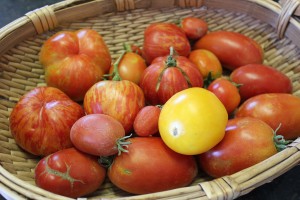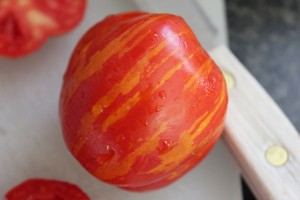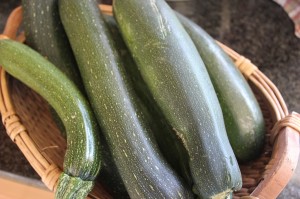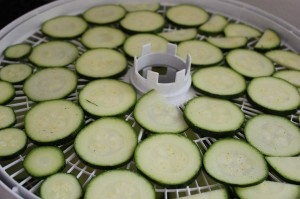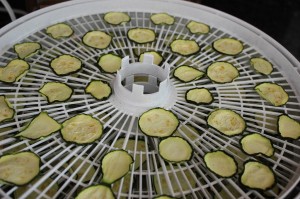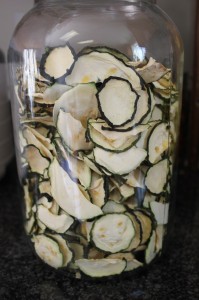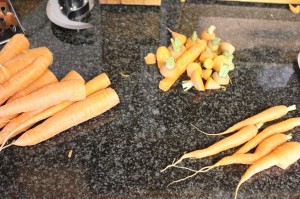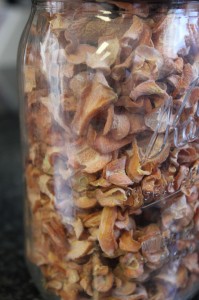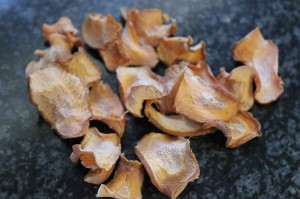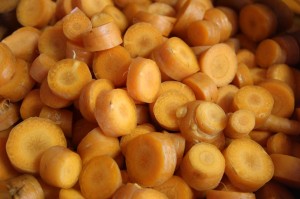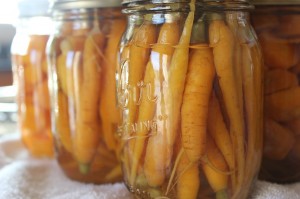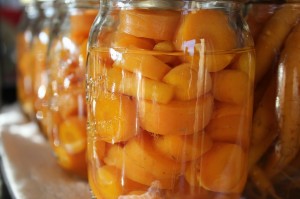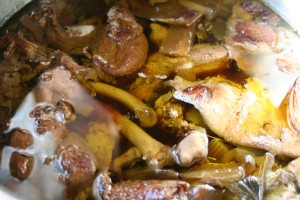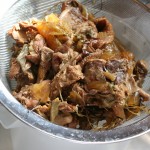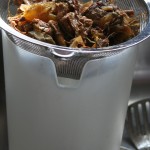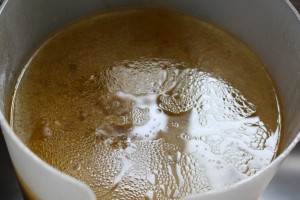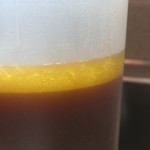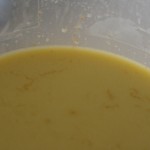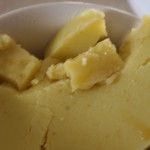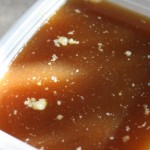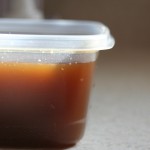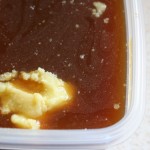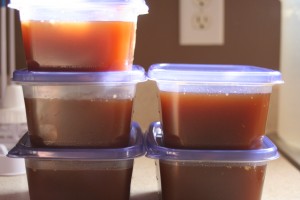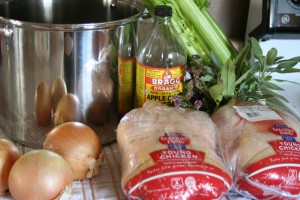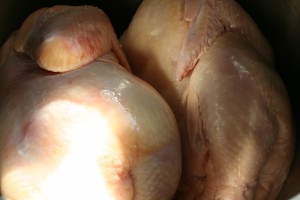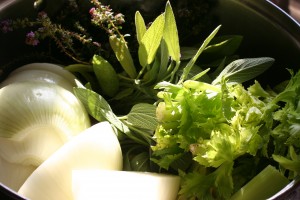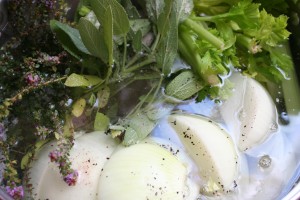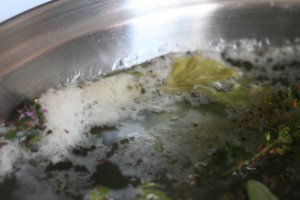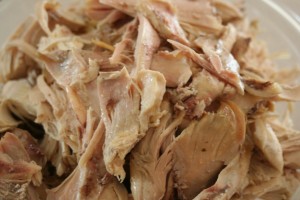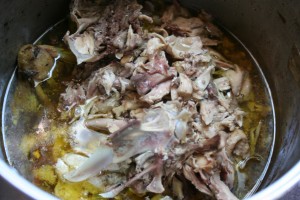Drying is one of the oldest forms of food preservation.
At the beginning of our tomato season, when things finally started to pick up and the tomatoes came trickling in faster than we could eat them, Lou and I decided the best thing to do would be to dry them.
We didn’t have quite enough to can anything and a few jars of dried tomatoes are nice to have around, they can be added to soups, stews, pastas, stir fries, or eaten as is.
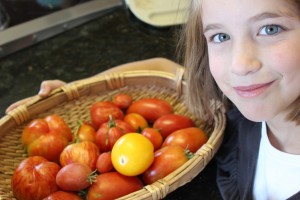
Lou with one of her first baskets of tomatoes, she is my tomato girl and has taken care of these plants from the very start when she planted the seeds.

The inside of the Striped Cavern. See all the open space, thus the name “cavern”. It doesn’t make for a good saucing tomato, being that there is little flesh, but it has a wonderful taste, very mild and low acid. It was my best producing heirloom this year.
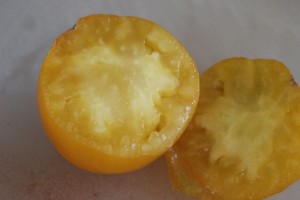
Another pretty yellow heirloom, “Dr. Wyche’s Yellow”. It too is a low acid tomato that is great for eating. I wouldn’t can it, being low acid it would either need to be pressure canned or there would have to be added vinegar. Isn’t that flesh beautiful.
The only prep involved in drying tomatoes is washing and cutting.
Simple and free. 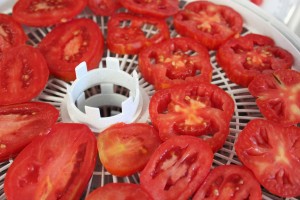
I used my dehydrator, and it took about a day.
A dehydrator isn’t necessary, an oven on a low setting can be used, or they can be dried in the sun.
I dry them nice and crispy. If too much moisture is left in the tomatoes the will go moldy, and since I want them for long term storage I need them very dry.
They will be stored in glass jars in the pantry. 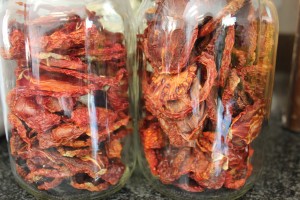
This winter they will add pretty color and great flavor to hearty vegetable soups and stews.
I am so very thankful for the bounty we have received throughout they year and the ability to store and use it later to feel our family.

